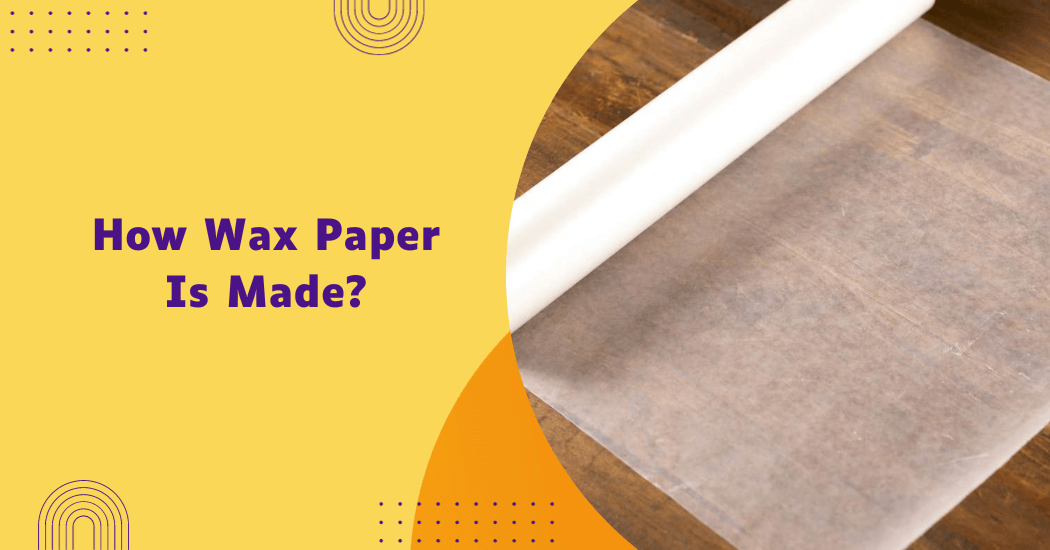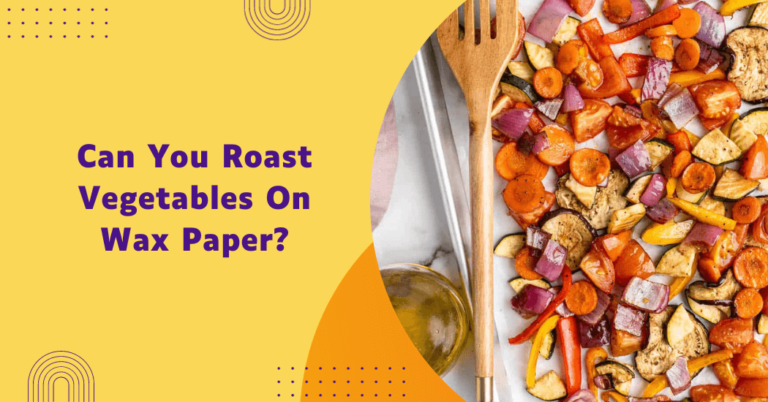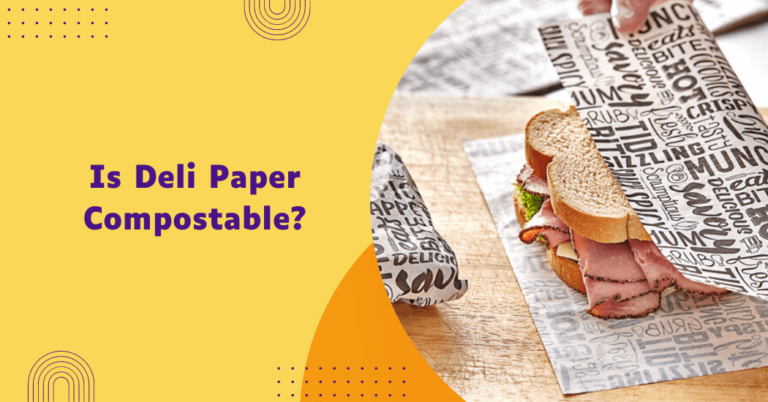How Wax Paper Is Made?
Wax paper, a seemingly simple yet incredibly versatile household item, has a wide range of uses from cooking to crafting. It is notable for its non-stick properties and its ability to withstand moisture.
Despite its availability in most stores, creating your wax paper at home can be both fun and cost-effective.
In this guide, we will delve into the process of making wax paper, providing a step by step approach to help you create your very own batch. So read on!
Materials and equipment needed to make wax paper
To make wax paper at home, you will need the following materials and equipment:
- Base paper: This can be any type of paper you have on hand such as parchment paper, baking paper or even regular printer paper.
- Paraffin wax: You can find this in most craft stores or online. Be sure to check the ingredients and make sure it is pure paraffin wax.
- Grater: To grate the paraffin wax into smaller pieces for easier melting.
- Double boiler or a metal bowl and pot: This will be used to melt the paraffin wax.
- Tongs or chopsticks: To handle the hot wax without burning yourself.
- Baking sheet or tray: Used to place the finished wax paper on to cool down.
Steps to make wax paper
Now that you have all your materials and equipment ready, let’s get started with making your wax paper!
- Prepare your work area: Ensure you have a clean and well-ventilated workspace. Cover the work surface with newspaper or a disposable tablecloth to catch any wax drips.
- Cut parchment paper: Cut parchment paper into sheets or the desired size for your wax paper.
- Melt wax: If using a double boiler, fill the bottom pot with water and place the wax in the top pot. Heat the water to a simmer, allowing the wax to melt. If using a microwave, place the wax in a microwave-safe bowl and heat in short intervals, stirring between each until fully melted.
- Apply wax to parchment paper: Dip the basting brush or sponge brush into the melted wax. Brush an even layer of wax onto one side of the parchment paper. Ensure thorough coverage but avoid over-saturating.
- Allow to dry: Place the wax-coated parchment paper on a flat surface and allow it to dry completely. This may take a few minutes.
- Optional: ironing (for a smoother finish): If you want a smoother finish, you can place another sheet of parchment paper over the wax-coated side and iron it on a low setting. The heat will help distribute the wax evenly.
- Repeat for the other side: If you want both sides of the paper to be waxed, flip the parchment paper and repeat the waxing process on the other side.
- Trim edges (optional): Trim any excess wax or uneven edges from the wax paper using scissors.
- Allow to cool completely: Ensure that the wax paper is completely cooled and hardened before using it.
Now you have homemade wax paper that you can use for various purposes such as wrapping food, crafting or as a non-stick surface for baking. Store any leftover wax paper in a cool, dry place.
Tips and tricks for making wax paper
- If using a microwave to melt the wax, be sure to stir it frequently and check it often to avoid overheating.
- Experiment with different types of paper and wax combinations for unique results. For example, you can try using colored tissue paper or adding essential oils to the melted wax for scented wax paper.
- Be careful when handling hot wax to avoid burns. Using tongs or chopsticks can help with this.
- If you want a more transparent wax paper, use a thinner layer of wax when applying it to the parchment paper.
- To remove any excess wax from your work surface, use a damp cloth and warm water while the wax is still warm. Once it hardens, it will be harder to remove.
- Avoid placing wax paper directly on a hot surface or in the oven as it may melt and cause a fire hazard. Instead, use it to line baking trays or wrap food that is already cooked.
Safety precautions when making wax paper
It is important to note some safety precautions that should be taken to ensure a safe and successful experience:
- Always use caution when working with hot wax: The paraffin wax used in making wax paper can reach high temperatures and can cause burns if not handled carefully.
- Work in a well-ventilated area: The fumes from melting wax can be harmful if inhaled in large amounts, so it is important to have proper ventilation while working.
- Avoid contact with open flame: As paraffin wax is flammable, it is important to keep it away from any direct source of heat or fire.
- Keep children and pets away: To avoid any accidents, it is best to keep children and pets away from the workspace while making wax paper.
- Wear protective gear: It is recommended to wear an apron, gloves and safety goggles while handling hot wax.
FAQs – Wax Paper Making
Can I use any type of wax for making wax paper?
No, it is recommended to use pure paraffin wax for making wax paper as it has the best non-stick properties and can withstand moisture. Other types of wax may not provide the same results. However, you can experiment with different types of waxes for unique results.
Can I make wax paper at home?
Yes, you can easily make wax paper at home by following the steps outlined above. It is a fun and cost-effective way to create your own non-stick and moisture-resistant paper for various purposes. Keep in mind the safety precautions and experiment with different materials for unique results.
Is homemade wax paper safe to use with food?
Yes, as long as the paper and wax used are safe for food contact, homemade wax paper is safe to use for wrapping and storing food. However, it should not be used in the oven or on direct heat as it may melt.
Final Words
In conclusion, making wax paper at home is a simple and cost-effective process that allows for customization and control over the materials used. By combining parchment paper with a wax coating of your choice, you can create a versatile and eco-friendly alternative to commercially available wax paper.
Whether for cooking, crafting or wrapping purposes, wax paper provides a sustainable option with the added benefit of reducing reliance on disposable and often less environmentally friendly alternatives.
Experimenting with different waxes and application techniques allows individuals to tailor the wax paper to their specific needs, making it a practical and creative solution for a variety of purposes.






